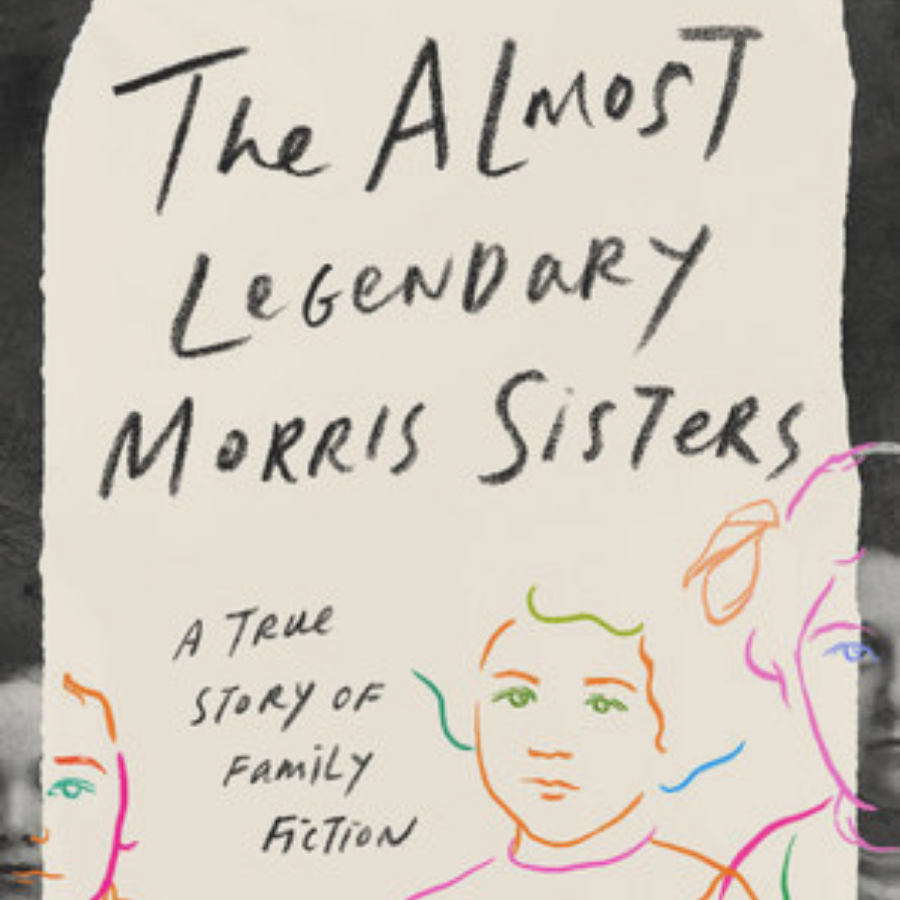It was the premise of Julie Klam’s The Almost Legendary Morris Sisters that hooked me. The product page description tells of a curious author who, growing up, becomes fascinated by the Morris sisters, cousins of her grandmother. Over the years, she hears tales of their exploits: big dreams, big loss, abandonment, secret love affairs with high-profile figures. And running through it all, there’s a strong thread of fierce independence.
But when Klam decides to dig deeper, thinking she might just find the fodder for her next book, she learns that the stories are “almost completely untrue.”
Dun DUN DUN!
This made me think that maybe — just maybe — I’d get a bit of thriller alongside my immigrant biography (though there was literally nothing to indicate this). As a lover of true crime, that was enough to make me pick up the book.
Once I began reading, however, it immediately became clear that there would be no bloodshed, no murder plot, no deep, dark secrets.
I was still hooked, though. The unraveling of this quiet mystery was more than enough.
A Family Legacy of Strong, Independent Women
In untangling truth from fiction, I would only ruin the book for you, ruin what I feel is the best part of it: the unraveling of a family mystery.
What I will say is that though many of the details Klam was told about her relatives are not true, the picture she eventually puts together still paints the Morris sisters as independent women who lived a life that was out of reach for many of their peers.
Klam makes much of this, especially in the final arc of her book, drawing a line from the Morris sisters all the way through her family tree, eventually landing on herself. In seeing the strength of her distant cousins, she is also able to see how this strength echoes inside all of her female relatives. And in noticing this pattern, she is finally able to see the strength she herself carries.
Yay strong, independent women who don’t need men to survive. Yay feminism.
Or something.
But this is not the part I care about. The details seem mere semantics. And while some of these details support interesting commentary on the limitations of womanhood in the early twentieth century, it is something else that keeps me engrossed in the author’s tale.
On Memory, Myth, and Some Damn Good Research
Maybe because I am a writer of creative nonfiction (definitely because I am a writer of creative nonfiction), I find myself preoccupied with the fallibility of memory, the way a single moment can morph as it travels from person to person, and the implications this has on the process of myth-making. I have attended so many workshops and lectures on the unreliability of memory, on who owns a story, and on whether emotional truth can trump factual truth. (I’ll spare you my dissertation on that last one.)
For these reasons, I was fascinated by Klam’s journey of discovery, and I nerded out over the details of her research process. Though she often feels out of her depth, and though she requires help along the way, Klam goes full detective as she unpeels the layers of the Morris sisters’ story.
In each fuzzy truth or untruth she uncovers, she reveals depth and nuance and, eventually, the root of the “lie.” In each loose thread she follows to its frayed end, she gains a clearer picture of how the myth of her family was created and how it served those involved.
In the end, the truth itself isn’t what matters. Instead, it is Klam’s journey.
No, wait. That sounds like a motivational poster.
Instead, it is… oh, crap. Was it the emotional truth all along??
Either way, the way in which The Almost Legendary Morris Sisters unfolds is a marvel in itself, and one that makes the read well worth it, even when the revelations contained within the book feel small.
If that makes me a nerd, so be it. I remain eager to find another read that scratches that same itch.


